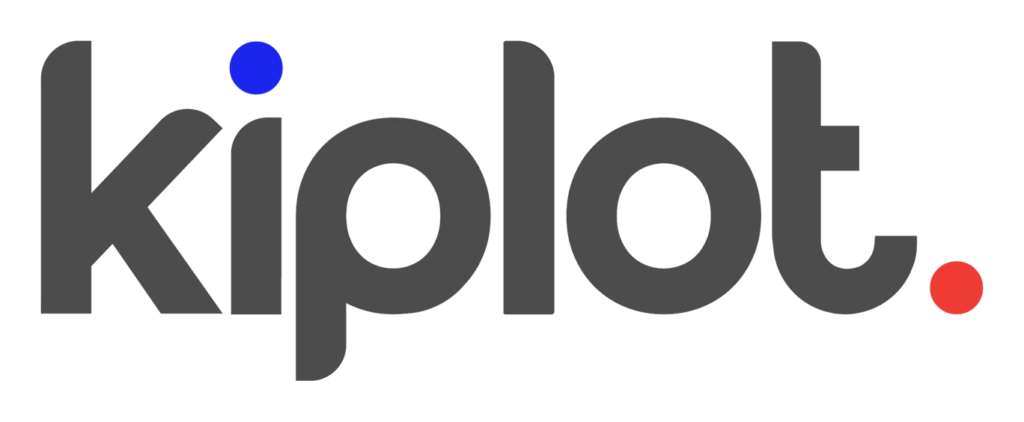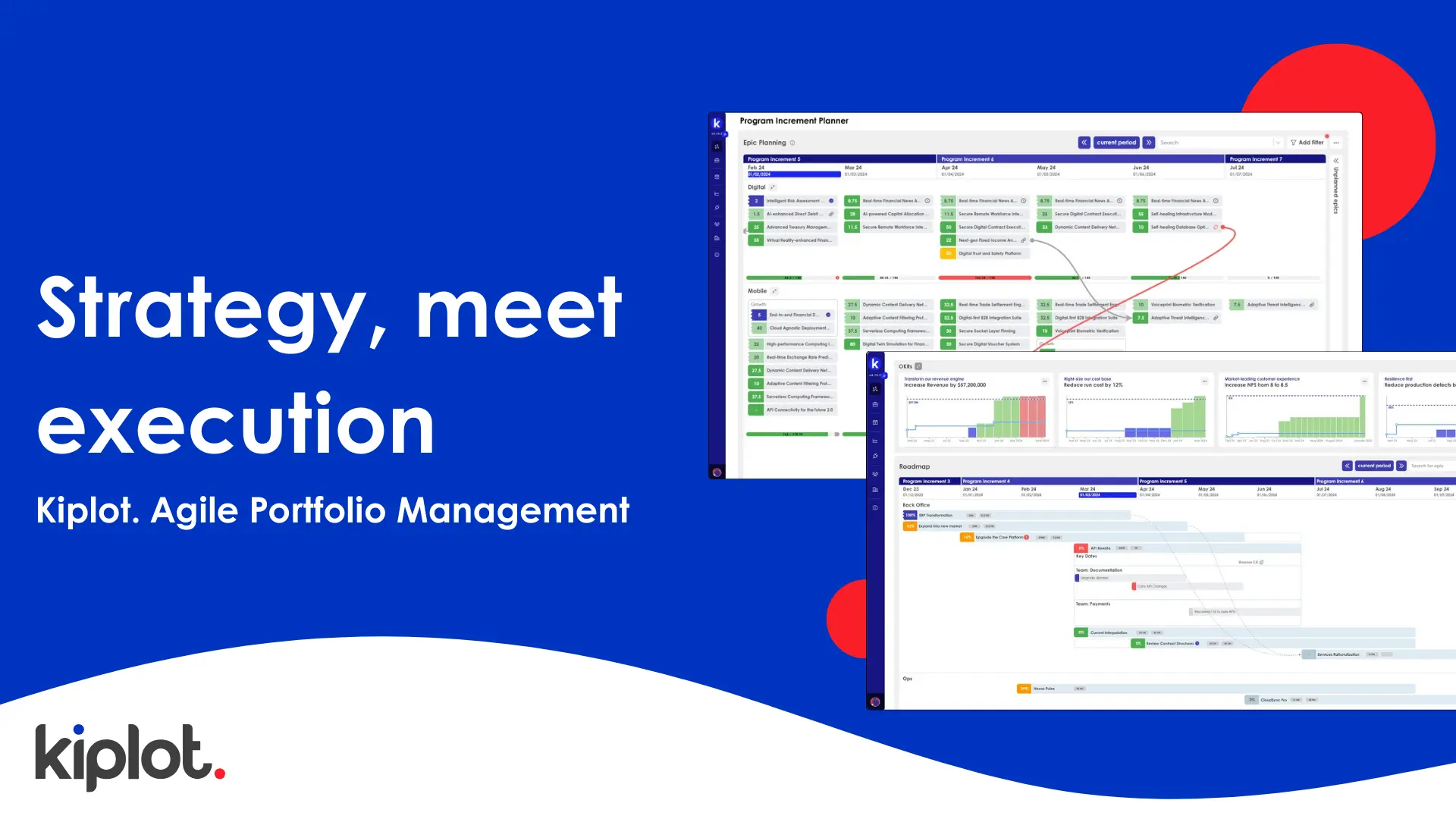How to align OKRs with strategic goals
Introduction In a previous article called ‘How to write effective OKRs’ we explored how OKRs are crucial for driving continuous improvement and innovation. In this article, we’ll explore the difference between OKRs (Objectives and Key Results) and higher-level strategic goals and the importance of aligning them. Whilst Strategic goals and OKRs are both designed to […]
How to align OKRs with strategic goals Read More »











